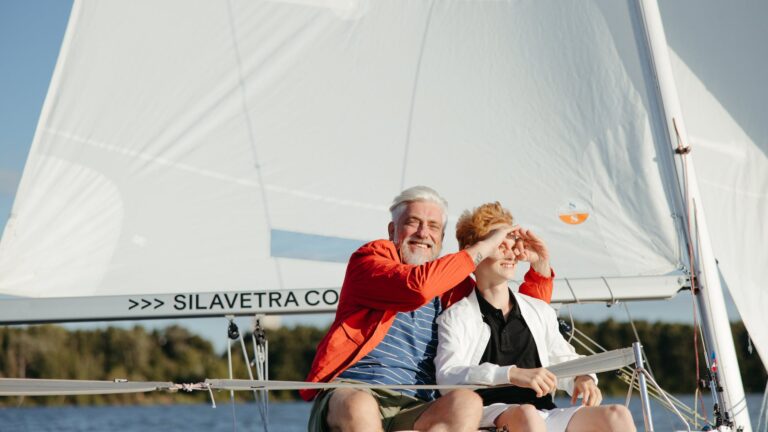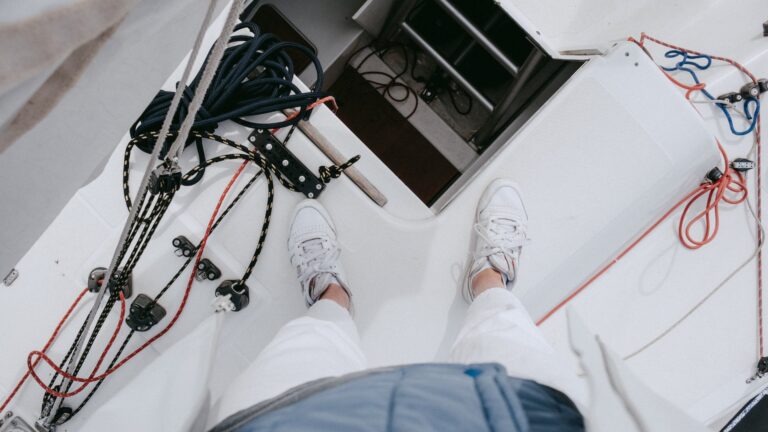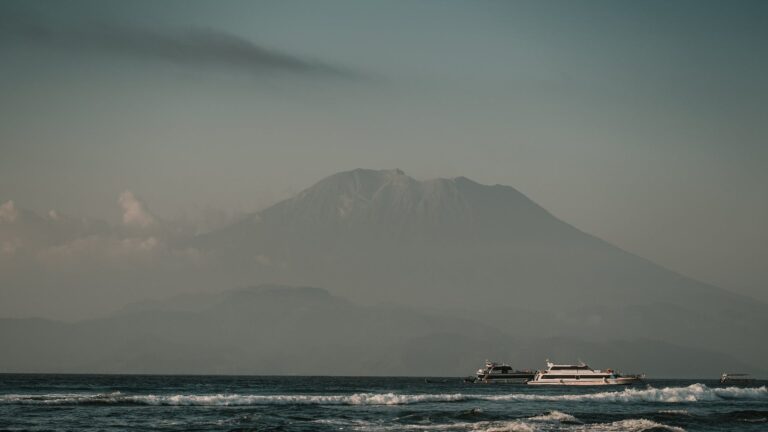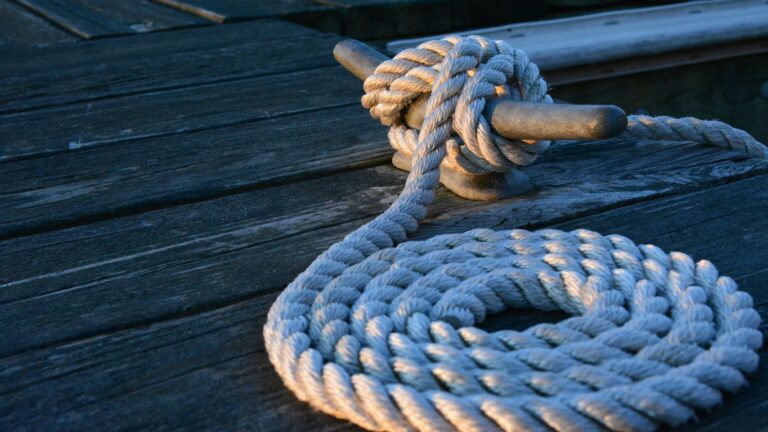How Did Polynesians Sail So Far?
Introduction
Sailing by the Polynesians was a type of navigational travel that utilised a range of traditional techniques, technology, and materials to move from one place to another in the ocean in an efficient and safe manner.
The skillful use of these elements enabled them to travel vast distances across the Pacific Ocean, settling on distant islands such as Hawaii, New Zealand, Easter Island, Tahiti or Fiji over two millenia ago without access to modern technology or navigational aids such as compass or maps.
This article will provide an overview of the traditional Polynesian sailing techniques, as well as an explanation on how they managed to make such long journeys with limited resources available to them at the time.
Historical Context
The ancient Polynesians were known for their remarkable feats in exploration and settlement, which allowed them to colonise isolated islands in the Pacific Ocean over a period spanning several centuries.
In order to achieve this feat they developed an impressive level of maritime navigation skills that included knowledge about currents, winds, stars, and other environmental factors that could be used for charting their voyages across long distances.
One particular navigational tool developed by them was the double-hull canoe which was connected by two crossbeams with a central platform that laid over them.
This type of boat was extremely stable in high seas, allowing them to sail further distances without having to worry about capsizing or sinking during storms or rough seas. In addition to building these boats they also developed a technique for producing the triangular sails used on these boats from specialized woven mats made from pandanus leaves.
This material was strong yet lightweight making it ideal for sailing long distances across open ocean waters while also being able to withstand strong winds and harsh weather conditions.
Sailing Techniques And Technology
In order to navigate successfully across large expanses of open water the Polynesians had developed techniques for manoeuvring their vessels in both calm waters such as lagoons as well as larger swells found at sea.
In order to achieve this they employed a technique called tacking which involved turning their vessel into the wind at various angles in order to make optimal use out its energy.
They also used a technique called gybing which required changing direction while keeping the vessel facing into wind while still making use its energy.
Both these techniques enabled them to effectively exploit prevailing winds in order make progress when travelling across open water even when these winds were not favourable for direct course towards their destination.
In addition to understanding how best take advantage wind energy navigating across open water also required knowledge about how take advantage ocean currents which could help propel their vessel towards its destination if used correctly.
This involved understanding how various factors such as tides and salinity levels could influence currents around islands as well as between different continents. Understanding more subtle elements such sea temperature gradients could also help give clues about direction when navigating away from land masses.
Finally they would utilise knowledge about stars constellations help determine positions during night time voyages.
The double-hull canoes employed by Polynesians were steered using a large wooden paddle that allowed quick changes in direction without having turn entire vessel.
The triangular sails were preferred over European square sails due mainly their lightweight nature but also because fact that allowed more precise control over speed acceleration when manoeuvring around reefs shallow waters.
Their sails were kept maintained regularly ensure maximum performance with minimal effort expended during each voyage. The boats themselves were designed be adaptable different types marine environments with variations hull shape depending upon purpose intended voyage.
For example certain types double-hull canoes would designed specifically wave surfing whereas others might designed deep sea voyaging. Different materials might also employed depending upon types conditions encountered during voyage.
Conclusion
The skillful combination traditional navigational techniques with specialised technology enabled ancient Polynesians sail vast distances across Pacific Ocean despite having access modern navigational aids tools available today.
Their navigational skills combined with development double-hull canoes specially designed triangular sails made possible explore settle remote islands two millennia ago without benefit today’s advances maritime technology.
By understanding exploiting natural phenomenon such current winds stars Polynesia’s sailors were able travel hundreds kilometers away from home safely securely relying only upon knowledge accumulated over centuries passed down generations through oral tradition songs stories.







